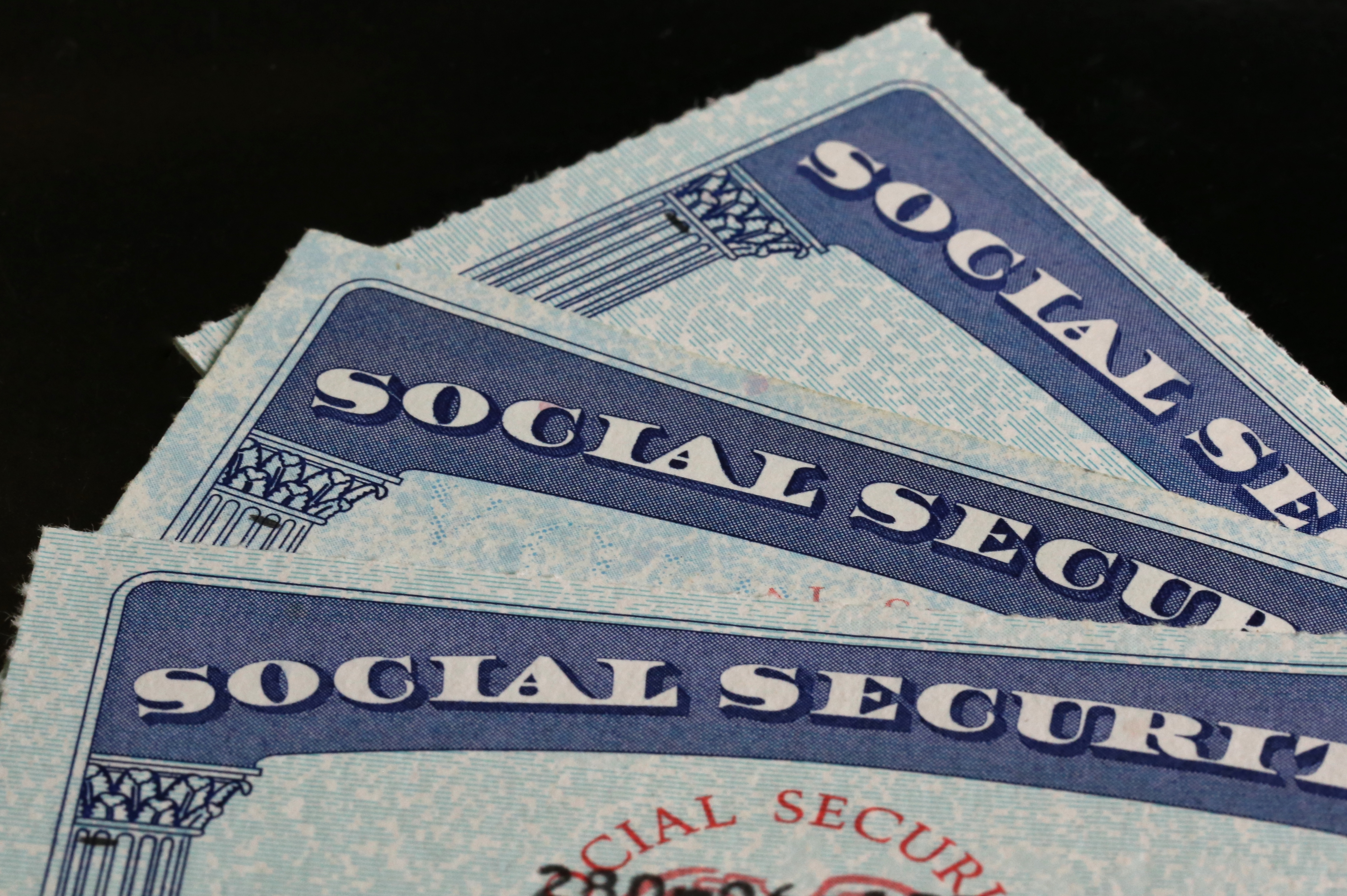On Thursday, the CDC released adjusted guidelines for the public, dropping some social distancing and quarantine recommendations but still encouraging masking and testing if exposed to COVID-19.
Are you still trying to wrap your head around the latest COVID guidelines?
In a nutshell, the Centers for Disease Control and Prevention streamlined a new set of recommendations for quarantine, social distancing and even testing geared toward addressing the evolving pandemic.
The changes, which come more than 2 1/2 years after the start of the pandemic, are driven by a recognition that an estimated 95% of Americans 16 and older have acquired some level of immunity, either from being vaccinated or infected, agency officials said.
“We’re in a stronger place today as a nation, with more tools—like vaccination, boosters, and treatments—to protect ourselves, and our communities, from severe illness from COVID-19,” the CDC's Greta Massetti, an author of the guidelines, said in a statement. “We also have a better understanding of how to protect people from being exposed to the virus, like wearing high-quality masks, testing, and improved ventilation. This guidance acknowledges that the pandemic is not over, but also helps us move to a point where COVID-19 no longer severely disrupts our daily lives.”
Here's a rundown of some of the changes the CDC made:
1. Quarantine
The CDC previously said that if people who are not up to date on their COVID-19 vaccinations come into close contact with a person who tests positive, they should stay home for at least five days. Now the agency says quarantining at home is not necessary, but it urges those people to wear a high-quality mask for 10 days and get tested after five.
Local
2. Isolation
The agency continues to say that people who test positive should isolate from others for at least five days, regardless of whether they were vaccinated. CDC officials advise that people can end isolation if they are fever-free for 24 hours without the use of medication and they are without symptoms or the symptoms are improving.
Feeling out of the loop? We'll catch you up on the Chicago news you need to know. Sign up for the weekly Chicago Catch-Up newsletter.
Those who feel sick should also isolate until they receive test results, according to the guidance.
But symptoms also play a role in isolation timelines. The guidelines state:
- If you had moderate illness (if you experienced shortness of breath or had difficulty breathing) or severe illness (you were hospitalized) due to COVID-19 or you have a weakened immune system, you need to isolate through day 10.
- If you had severe illness or have a weakened immune system, consult your doctor before ending isolation. Ending isolation without a viral test may not be an option for you. If you are unsure if your symptoms are moderate or severe or if you have a weakened immune system, talk to a healthcare provider for further guidance.
Also if you leave isolation but your symptoms worsen, you must restart isolation for another 10 days.
- After you have ended isolation, if your COVID-19 symptoms worsen, restart your isolation at day 0. Talk to a healthcare provider if you have questions about your symptoms or when to end isolation.
3. Testing
The new guidelines also include information about testing asymptomatic people and those who had severe symptoms.
- Recommending screening testing of asymptomatic people without known exposures will no longer be recommended in most community settings.
- If you had severe illness or have a weakened immune system, consult your doctor before ending isolation. Ending isolation without a viral test may not be an option for you. If you are unsure if your symptoms are moderate or severe or if you have a weakened immune system, talk to a healthcare provider for further guidance.
Also on Thursday, the Food and Drug Administration updated its recommendations for how many times people exposed to COVID-19 should test.
Previously, the FDA had advised taking two rapid antigen tests over two or three days to rule out infection. Now the agency recommends three tests.
4. Social Distancing
The Centers for Disease Control and Prevention also said people no longer need to stay at least 6 feet away from others in some situations.
The guidelines emphasize that "physical distance is just one component of how to protect yourself and others."
"It is important to consider the risk in a particular setting, including local COVID-19 Community Levels and the important role of ventilation, when assessing the need to maintain physical distance," the CDC states.



